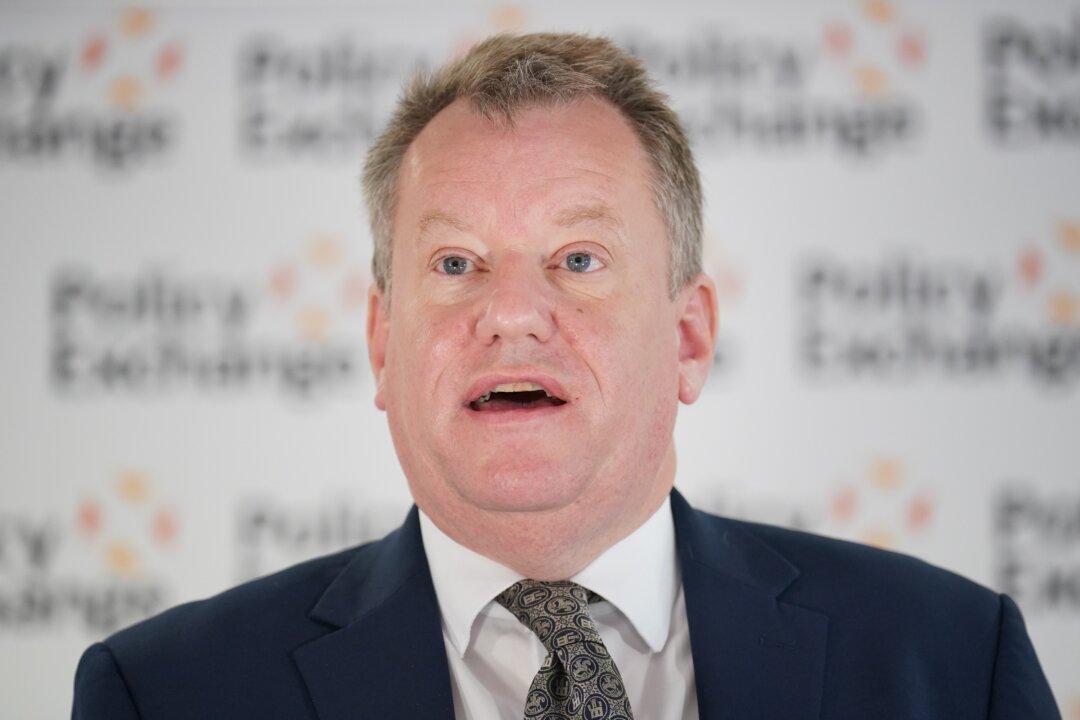The cost of the UK government’s energy support scheme caused public sector borrowing to soar to a record £16.7 billion last month, official figures show.
According to the Office for National Statistics (ONS), public sector net borrowing in February was £16.7 billion, £9.7 billion more than the same month a year ago and the highest February borrowing since monthly records began in 1993.





